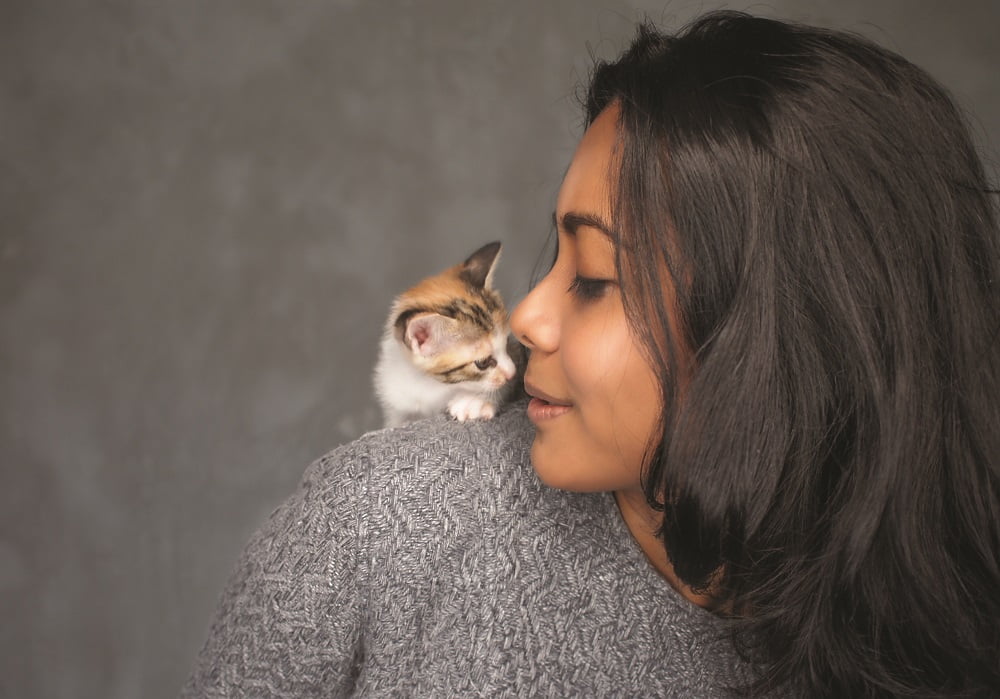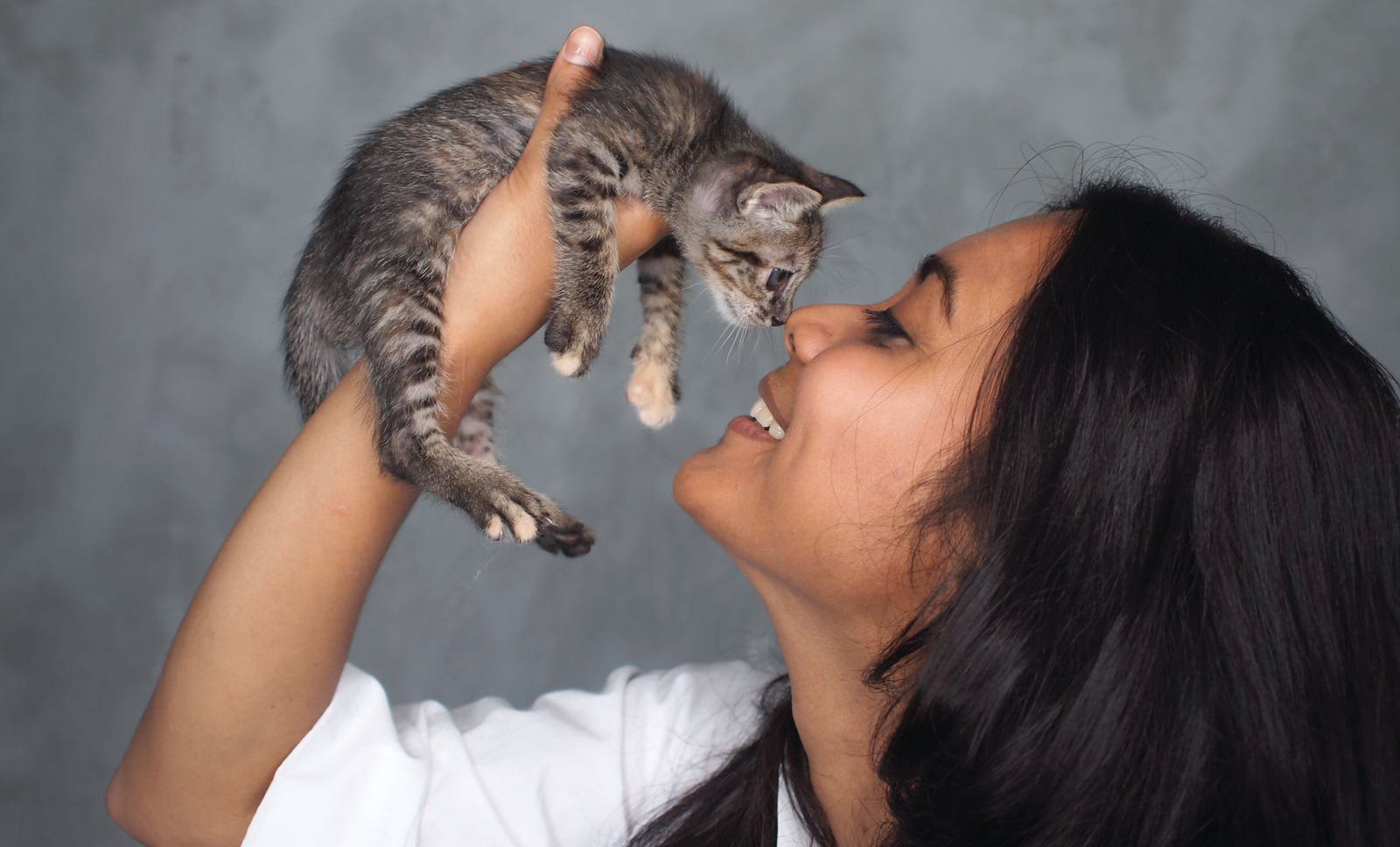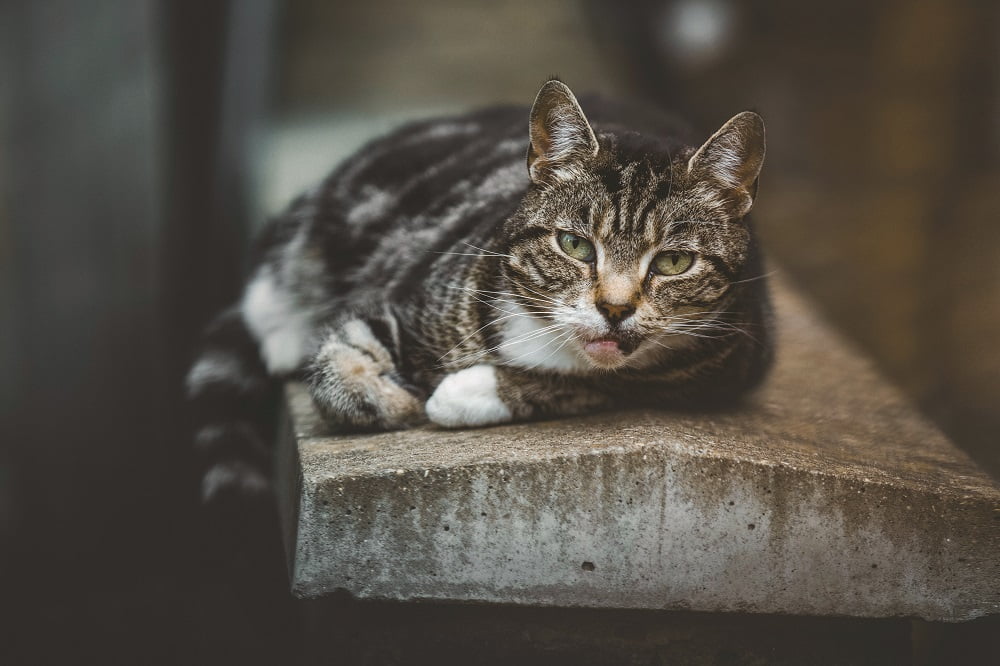
What does CWS do?
CWS advocates for the humane management of community cats, through sterilisation (not culling) and responsible cat ownership. We are the Agri-Food & Veterinary Authority of Singapore (AVA) mediation partner to amicably resolve cat-related issues, we conduct island-wide sterilisation programmes, and educate on responsible cat ownership.
What are your ongoing programmes?
The sterilisation programme has been going for over a decade. We sterilise between 4000 and 6000 cats a year. This ensures that the cat population is kept at a manageable rate, so that resources can be maximised for the cats. Mediation resolves cat-related issues, often relating to irresponsible cat ownership. Our education efforts, through roadshows and events, helps set out what the basic requirements of responsible cat ownership are.

Why was the organisation formed?
The organisation was formed by friends who were fighting against abuse.
What led you to being involved?I started volunteering with CWS when I was a student. I helped sterilise cats for low income families primarily and wrote for the newsletter. As I learnt more about the organisation, I believed that CWS’s vision was not idealistic or unrealistic. I wanted to be involved in achieving a humane and safe community for one of its most popular inhabitants – the community cats.
How can people foster and adopt cats from CWS?
If you’re keen to foster, please email info@catwelfare.org. CWS doesn’t run a shelter. It facilitates adoptions between independent rescuers and members of the public through the public adoption board on our website, and by organising adoption drives. If you’re keen to foster, please email info@catwelfare.org. Anyone interested in volunteering can write to volunteer@catwelfare.org.
How can people be part of the sterilisation process?
The first step is to keep a look out for unsterilised cats. The faster they are neutered, the lower the risk of a population explosion and the risk of culling. The second step is to commence the trap-neuter-return-manage programme. If you have the skills to conduct the programme yourself, that’s great. If not, you can write to us to learn about it. If you can spare the time, then please donate, because every trapping session costs $100. Every cat sterilisation costs $30 and every night of boarding (CWS offers three nights per cat where possible) costs approximately $13. It’s easy to see how quickly this adds up for just one cat. Multiply that by 4000 to see how much assistance we need in our fight for a humane Singapore!
What’s next for CWS?
We are working toward the expansion of the Love Cats pilot programme ,which is about the legalisation of cat ownership.
Find out more at catwelfare.org

What to do in a cat emergency:
Q. I found a lost cat what should I do?
Scan for a microchip at the nearest vet. Put up posters and post in Facebook groups dealing with lost animals. Call the SPCA to inform them (in case the owner calls them to ask if anyone has sent in their cat). Foster the cat or seek fosters online to assist you. If no owner comes forward, then be prepared to rehome the cat if you can’t keep them yourself.
Q. I found a litter of kittens, any advice?
Leave them alone. Wait for their mum to return. If they are young enough for nursing, and the mother is missing for several hours, then ask for help. Seek fosters experienced in bottle feeding. If they’re old enough to eat on their own (approx. two months and older), either leave them alone until they are old enough to neuter, or take them in to foster and rehome. If they are about 5 to 6 months old, they can be sterilised and released back to the community.
Q. I found an injured cat, or knocked over a cat with my car?
Take the cat to the nearest vet immediately in both cases. It is an act of cruelty to leave an injured cat if you have hit it with your car.
Q. Where can I report possible cat abuse?
Report to the AVA at 1800 476 1600 (24 hours)
Q. There is a community cat in my neighbourhood or condo, should I feed it?
In most cases, the cat will already have a feeder. You can assist that feeder by helping with food costs and/or medical costs as necessary. There is no need to report the cat’s presence to any authority unless the cat appears to be in some sort of distress, in which case it should be taken to the vet.








